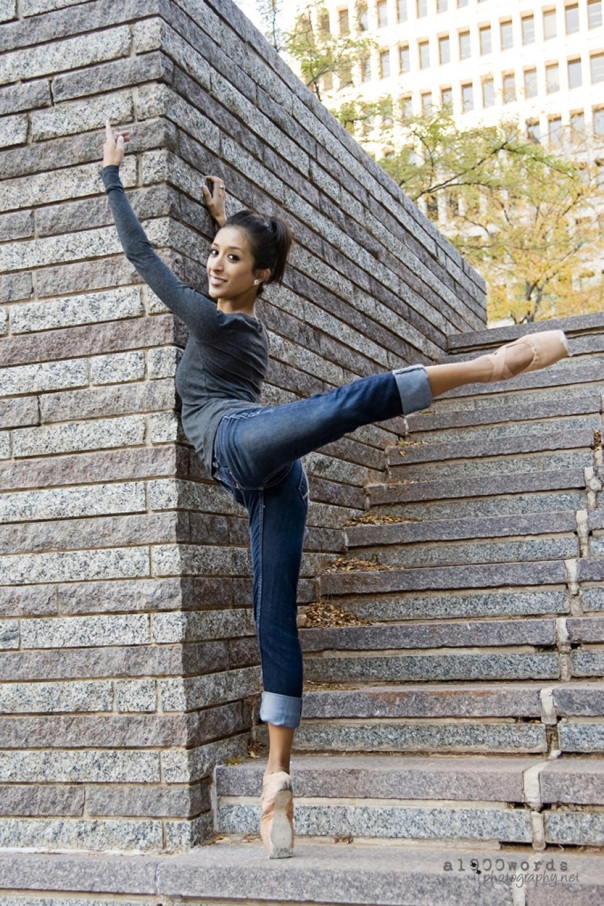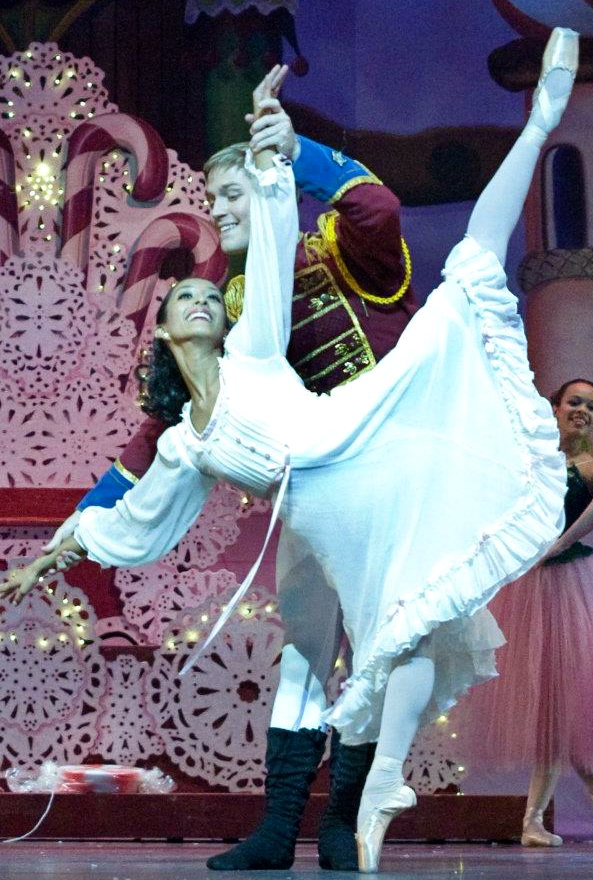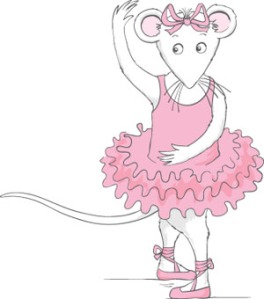
Oklahoma City Ballet Dancer Callye McCollum.
Professional ballet dancer, Callye McCollum is catching the eyes of Oklahoma City dance critics and audience members alike. As a member of Oklahoma City Ballet (once Ballet Oklahoma) since 2006, she is rising to the challenges presented to her both on and off the stage. I have had the pleasure of watching her grow and mature as a dancer from her years as an apprentice with the company to today where you can catch her onstage performing principal and soloist roles. Callye is a true respect to her talent, focusing on Ballet Strength cross-training programs in the off-season to continue her growth as a dancer. Here is an interview with Callye McCollum;
Where are you from and when did you start dancing?
I am a native of Lima, Peru, which I am very proud to say, but I was raised in Luther, Oklahoma, which is located about 45 minutes outside of Oklahoma City. I began dancing as something to do after leaving the world of competitive gymnastics age 10. When I was 12, I started taking ballet more seriously and decided to enroll at the School of Ballet Oklahoma (now The Dance Center of Oklahoma CityBallet).
When did you realize that you wanted to become a professional dancer?
I don’t remember necessarily ever consciously choosing ballet as a career path, I really just loved to perform. There was a principal dancer with the company that I looked up to very much that I loved watching perform and I was determined to be like her when I grew up. It probably wasn’t until my junior year of high school that being a professional dancer started to become a true possibility and something that I began to taking even more seriously. I received an apprenticeship at 17 and was promoted to a company position the following year.
What struggles or injuries did you encounter along the way?
Transitioning from gymnastics to dance, especially ballet, was very hard. Not only did I have to work to reshape my musculature, but I had to learn how to use my turnout which was difficult since I had only ever worked turned in. Aside from minor ankle tweaks and pulled muscles, I have no history of injuries that have hindered my ability to perform. I have been very VERY lucky in that sense.

Callye McCollum in OKC Ballet's Paquita.
How has Ballet Strength helped you as a professional dancer?
I primarily use Ballet Strength during the summer when I am not performing with the company. It is fantastic for keeping my muscles in shape and preparing me for the upcoming season. I have on multiple occasions used Ballet Strength to prepare for demanding roles. Last season, I performed a pas de trois in “Phantom of the Opera.” It was a very high endurance piece with lots of jumps. I decided to incorporate some Ballet Strength leg exercises into my daily routine and soon noticed a difference in my stamina and my ability to make it through the piece without cramping or suffering from extreme fatigue.
How do feel that Ballet Strength could help a young aspiring professional dancer?
We have reached a time in ballet where dancers cannot go with cross-training, or muscle tone for that matter. Contemporary ballet is becoming much more prominent and as dancers we must be physically ready for anything. Ballet Strength will give you an edge, no matter where you are in your career. I personally wish I would have had access to something like Ballet Strength as a student, so those of you that do are very lucky!

As Clara in OKC Ballet's The Nutcracker.
What has been your favorite role to perform and why?
This past December, I had the opportunity to perform as “Clara” in Robert Mills’ “The Nutcracker.” There were two pas de deux that were both different in dynamic but equally as enjoyable to perform. What made it extra special is that I had performed Clara when it was a student role and I was able to recall the pure joy that I felt at the age of 13. I was also cast in Robert Mills’ “Touchstones” which premiered in April 2010. There is a section in the ballet that represents maturity and being in love, in which I performed a short pas de deux with my boyfriend and fellow company dancer, Josh Crespo. To be able to share with the audience such an intense emotion, one that I already felt so naturally, was a very memorable moment in my career.
Any last words of inspiration or encouragement for young dancers?
NEVER take yourself too seriously. We’re human, we make mistakes. That’s something we sometimes forget as ballet dancers. Most importantly, know your own body and be good to it.



















 Ballet Audition Tips
Ballet Audition Tips